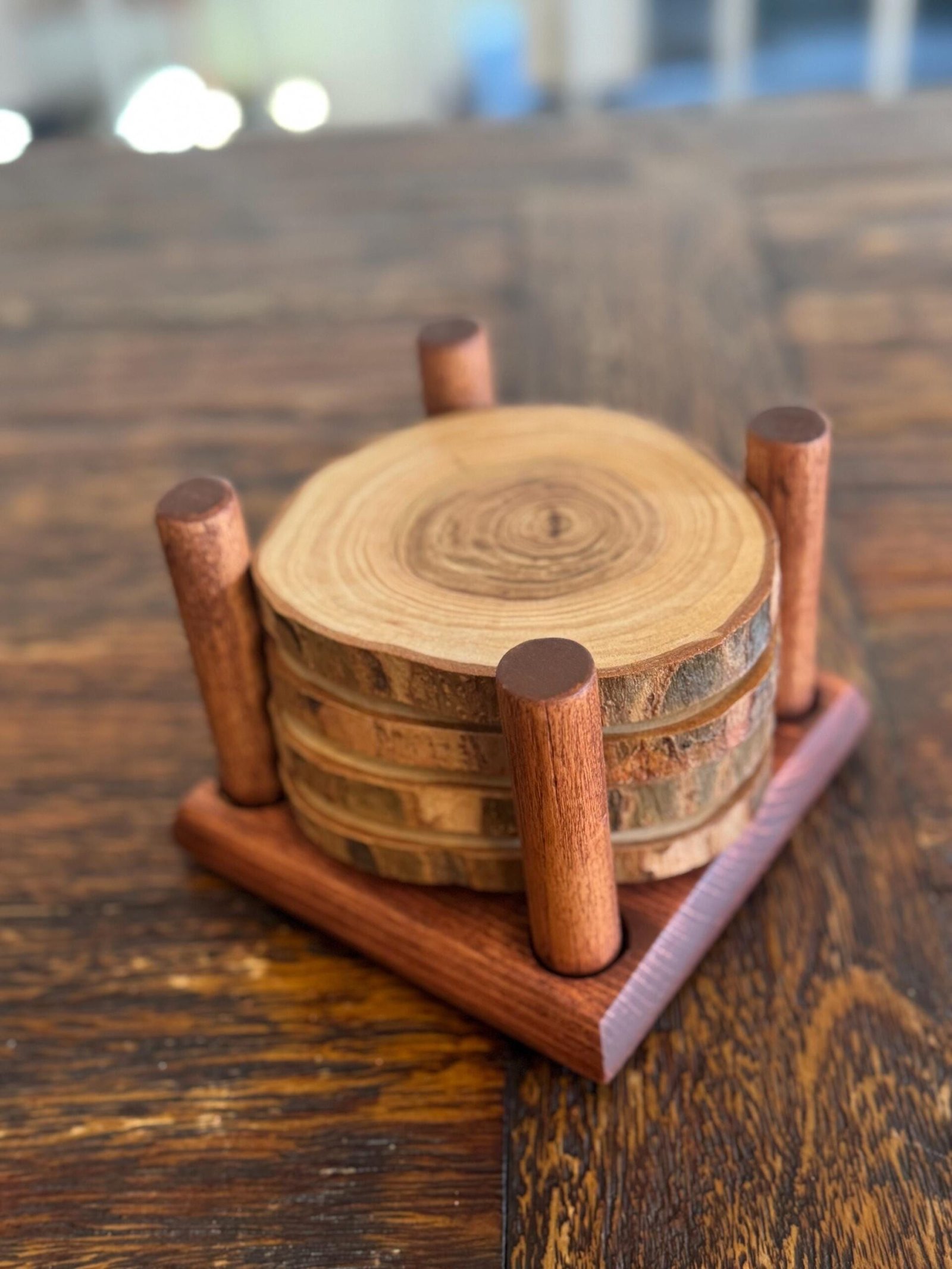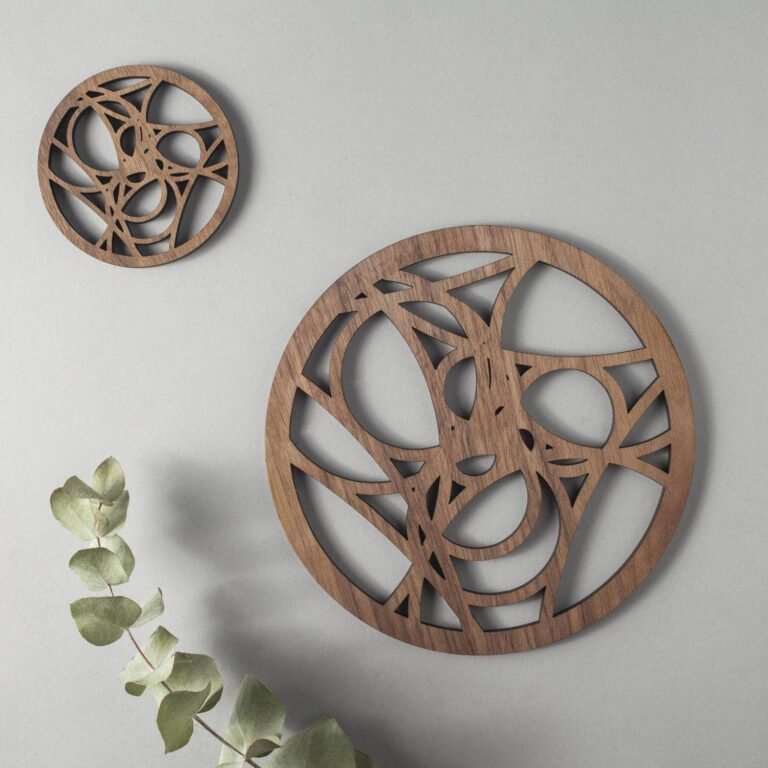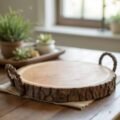Building My Woodworking Shop: A Journey Worth Taking
So, picture this: an average Friday afternoon, just me, a cup of coffee so strong it could probably run a car, and a garage overflowing with old tools and even older memories. It’s been a dream of mine to have my own woodworking shop—you know, a real haven where the smell of freshly cut wood mingles with sawdust and a little bit of sweat. I mean, who wouldn’t want a space where you can turn a few boards into something special? But, oh man, it wasn’t as easy as it sounded.
The Hiccups Begin
Let me backtrack a bit. I thought I had it all figured out. I’d been watching YouTube videos—shoutout to a couple of those channels whose guys are just ridiculously talented. I imagined myself just like them, crafting beautiful furniture while never breaking a sweat. But the first time I bought lumber, I seriously thought I could just walk into the local hardware store, grab some boards, and magically turn them into an Adirondack chair.
Now, if you’ve never dealt with wood, let me tell you something: it’s not just about picking up the prettiest pieces. Oh no, there’s a whole thing called "wood movement." I hadn’t even heard of it until I got home with a stack of pine two-by-fours, ready to go. By the time I realized that, I had already cut a fair amount of it, so there I stood, feeling practically like a lumberjack who’d just taken a chainsaw to the wrong tree.
A Lesson in Patience
The first project I decided to tackle was a simple bench. You’d think it would just be a few pieces of wood joined together, right? Not for me. The first time I glued everything together, I was so excited that I forgot to check if it was square. Yeah, guess who ended up with a bench that resembles a trapezoid. It was almost laughable. I stood there staring at my handiwork, thinking, "Did I build this for fun or as a crooked experimental sculpture?"
But it also taught me something invaluable. Next time, I made it a point to measure twice—okay, maybe it was three times because, you know, what’s the harm in being overly cautious? And the glue I used? Just some plain wood glue. I soon found out that Titebond III was better for my projects, allowing for a bit more flexibility while still holding everything together. That stuff is like the superhero of wood glues.
The Tools that Empowered (and Frustrated) Me
Tools, oh boy. I started out with what I could gather from family and garage sales—an old Craftsman table saw, a couple of hand planes, and a dusty circular saw. They all had stories, I swear. But then I decided to invest a little more, and I still remember the day I got my first router. I unboxed it, and oh man, it felt like Christmas morning. The sound it made when I turned it on—it was music to my ears, like a sweet whisper inviting me to create.
But, you get to that point where you realize, “What am I doing?” The day I tried to edge a beautiful walnut piece with this brand-new router, I was so startled by the power of it that I nearly took off a finger. It wasn’t my finest moment, and I almost gave up woodworking right there. Just imagine me, coffee in one hand, wooden board in the other, contemplating a career as a “professional coffee drinker” instead. Luckily, I decided to take a step back, breathe, and watch a few more tutorials. Always a good idea.
Finding My Flow
After a while, I began to find my rhythm. The garage became my sanctuary, filled with the smell of cedar chips and the low hum of machines in the background. I’ll never forget the sound my sander made, rough and gritty at first, but transforming into a smooth, soothing hum as I guided it over the wood. It was meditative, and with each stroke, I felt a little more confident.
But just when I thought I had it all down, I embarked on a project to build a dining table for my folks. Something sturdy, something that could last through family gatherings and Sunday dinners. This time, I sourced some beautiful oak and cherry—the type that even the women at the local farmer’s market would coo over, asking where I got it.
I almost gave up halfway through; it felt like a monumental task, what with all those joints, and the finish? Let me tell you, the first coat was a disaster. I didn’t realize the importance of sanding between coats until I ended up with a table that had a texture resembling corrugated cardboard. I panicked, then laughed when I realized—sure, maybe I had more learning to do than I thought.
The Ties That Bind
When the table was finally done, though? It was such a proud moment. My folks couldn’t believe I had created something so sturdy and beautiful. I’ll remember the look on their faces; it was one of those core memories. We had a small celebration with dinner on that table, surrounded by family and laughter. The kind of laughter that makes you feel glad you didn’t give up.
Final Thoughts
So, here’s the thing: if you’re thinking about building your own woodworking shop—or anything really—go for it! Just keep in mind that it’s going to be messy. You’ll make mistakes, possibly throw a couple of things across the garage in frustration, but those moments are part of the fun. They shape you just as much as the projects you’ll create. Don’t aim for perfection; aim for progress.
At the end of the day, it’s about finding joy in the process and holding on to those memories you create along the way. Trust me, once you find your flow, the coffee tastes better, the wood smells sweeter, and you’ll be that much closer to creating something special. Cheers to that!










